In the fabled year of 1922, the world held its breath as archaeologist Howard Carter and Lord George Carnarvon cracked open the ancient seal guarding Tutankhamun’s tomb. Little did they know, this monumental event would trigger a series of events shrouded in mystery, death, and the lingering whispers of the infamous Curse of the Pharaohs.
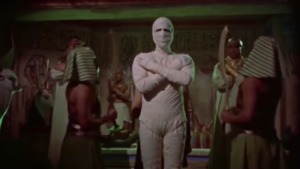
Tutankhamun’s burial site, unique in its preservation for over three thousand years, promised unparalleled riches and historical treasures. However, the grandeur of the moment was swiftly overshadowed by a dark cloud of misfortune that descended upon those who dared to disturb the slumber of the ancient king.
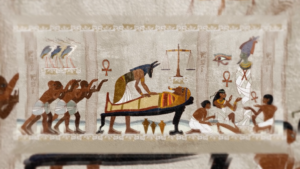
At least 13 individuals present during the tomb’s unveiling met untimely deaths, sparking the global spread of rumors about the vengeful wrath of the pharaohs. Yet, the intrigue doesn’t end with the alleged curse; the very nature of Tutankhamun’s burial raises perplexing questions that continue to baffle historians and archaeologists to this day.
Contrary to expectations, Tutankhamun’s tomb was not a grandiose space but a cramped room resembling a warehouse. The location itself, far from his royal ancestors, raised eyebrows, as ancient Egyptians believed it hindered the pharaoh’s reunion with his family in the afterlife.
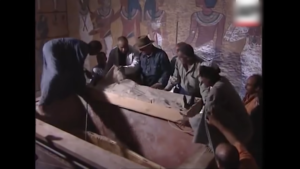
Even more perplexing was the absence of a proper coffin for the young pharaoh. Tutankhamun’s body lay within a nest of three golden coffins, each mirroring the god Osiris, but with subtle differences. The middle coffin, with a distinct style, hinted at a prior purpose—it was likely crafted for the mysterious Neferneferuaten, an enigmatic ruler lost to history.
Neferneferuaten’s trail evaporated, leaving behind a puzzle. Further adding to the mystique, the undertakers hastily cut off parts of the coffin, suggesting Tutankhamun’s sudden demise caught them unprepared. The tomb itself bore traces of readjustment, indicating it was initially intended for another dignitary.
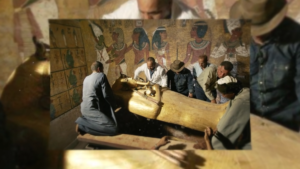
But the biggest enigma of all lies in Tutankhamun’s cause of death. Afflicted with genetic defects and congenital clubfoot, the young pharaoh’s life was marked by ailments. Malaria, a weakened immune system, and brittle bones were discovered upon studying his mummy.
Speculation about his demise paints a vivid picture—a chariot ride gone awry, resulting in broken bones and a squashed heart. Tutankhamun’s hurried burial under the scorching Egyptian sun only deepened the mystery. His mummy, marked by a large incision and poor preservation, reflected the chaos that ensued.
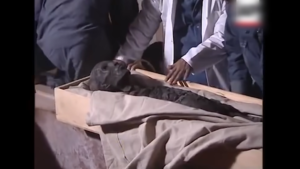
Adding to the intrigue, Tutankhamun’s mummy was found to be on fire during a virtual autopsy. Egyptologist Chris Naunton and forensic scientists revealed that a chemical reaction from embalming oils led to spontaneous combustion, further fueling the notion of a curse.
The tale of Tutankhamun, however, extends beyond his death. A series of unexplained deaths among scientists and archaeologists involved in the tomb’s opening fueled the flames of the alleged curse. Yet, skeptics point out that many individuals lived to an advanced age, challenging the supernatural narrative.
In the end, Tutankhamun’s story unfolds as a tragic comedy, filled with mishaps, accidents, and a touch of the supernatural. As we strive to unravel the mysteries surrounding his life and death, the enigma of Tutankhamun continues to captivate the imagination, transcending time and inviting us to ponder the secrets of ancient Egypt.




